Audi 2007 Annual Report Download - page 153
Download and view the complete annual report
Please find page 153 of the 2007 Audi annual report below. You can navigate through the pages in the report by either clicking on the pages listed below, or by using the keyword search tool below to find specific information within the annual report.-
 1
1 -
 2
2 -
 3
3 -
 4
4 -
 5
5 -
 6
6 -
 7
7 -
 8
8 -
 9
9 -
 10
10 -
 11
11 -
 12
12 -
 13
13 -
 14
14 -
 15
15 -
 16
16 -
 17
17 -
 18
18 -
 19
19 -
 20
20 -
 21
21 -
 22
22 -
 23
23 -
 24
24 -
 25
25 -
 26
26 -
 27
27 -
 28
28 -
 29
29 -
 30
30 -
 31
31 -
 32
32 -
 33
33 -
 34
34 -
 35
35 -
 36
36 -
 37
37 -
 38
38 -
 39
39 -
 40
40 -
 41
41 -
 42
42 -
 43
43 -
 44
44 -
 45
45 -
 46
46 -
 47
47 -
 48
48 -
 49
49 -
 50
50 -
 51
51 -
 52
52 -
 53
53 -
 54
54 -
 55
55 -
 56
56 -
 57
57 -
 58
58 -
 59
59 -
 60
60 -
 61
61 -
 62
62 -
 63
63 -
 64
64 -
 65
65 -
 66
66 -
 67
67 -
 68
68 -
 69
69 -
 70
70 -
 71
71 -
 72
72 -
 73
73 -
 74
74 -
 75
75 -
 76
76 -
 77
77 -
 78
78 -
 79
79 -
 80
80 -
 81
81 -
 82
82 -
 83
83 -
 84
84 -
 85
85 -
 86
86 -
 87
87 -
 88
88 -
 89
89 -
 90
90 -
 91
91 -
 92
92 -
 93
93 -
 94
94 -
 95
95 -
 96
96 -
 97
97 -
 98
98 -
 99
99 -
 100
100 -
 101
101 -
 102
102 -
 103
103 -
 104
104 -
 105
105 -
 106
106 -
 107
107 -
 108
108 -
 109
109 -
 110
110 -
 111
111 -
 112
112 -
 113
113 -
 114
114 -
 115
115 -
 116
116 -
 117
117 -
 118
118 -
 119
119 -
 120
120 -
 121
121 -
 122
122 -
 123
123 -
 124
124 -
 125
125 -
 126
126 -
 127
127 -
 128
128 -
 129
129 -
 130
130 -
 131
131 -
 132
132 -
 133
133 -
 134
134 -
 135
135 -
 136
136 -
 137
137 -
 138
138 -
 139
139 -
 140
140 -
 141
141 -
 142
142 -
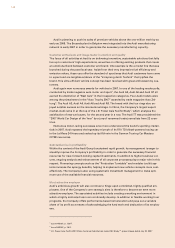 143
143 -
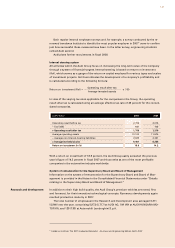 144
144 -
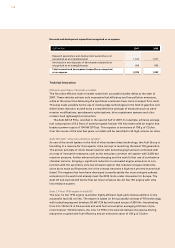 145
145 -
 146
146 -
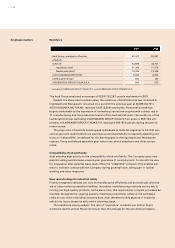 147
147 -
 148
148 -
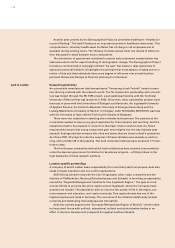 149
149 -
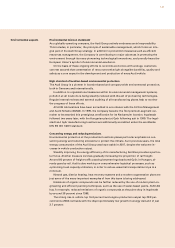 150
150 -
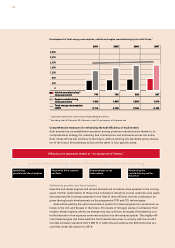 151
151 -
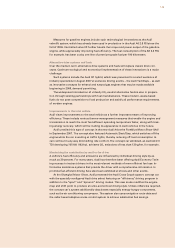 152
152 -
 153
153 -
 154
154 -
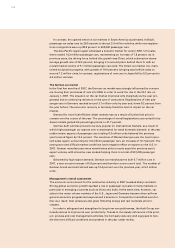 155
155 -
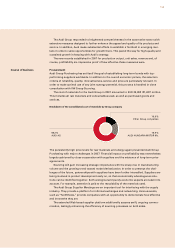 156
156 -
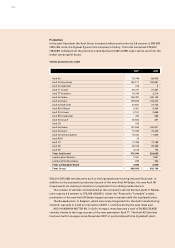 157
157 -
 158
158 -
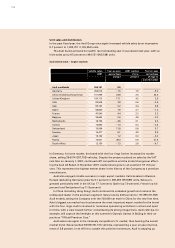 159
159 -
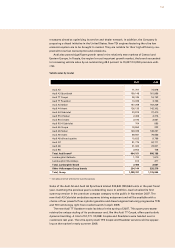 160
160 -
 161
161 -
 162
162 -
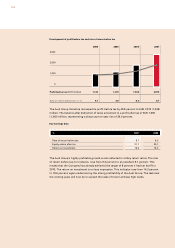 163
163 -
 164
164 -
 165
165 -
 166
166 -
 167
167 -
 168
168 -
 169
169 -
 170
170 -
 171
171 -
 172
172 -
 173
173 -
 174
174 -
 175
175 -
 176
176 -
 177
177 -
 178
178 -
 179
179 -
 180
180 -
 181
181 -
 182
182 -
 183
183 -
 184
184 -
 185
185 -
 186
186 -
 187
187 -
 188
188 -
 189
189 -
 190
190 -
 191
191 -
 192
192 -
 193
193 -
 194
194 -
 195
195 -
 196
196 -
 197
197 -
 198
198 -
 199
199 -
 200
200 -
 201
201 -
 202
202 -
 203
203 -
 204
204 -
 205
205 -
 206
206 -
 207
207 -
 208
208 -
 209
209 -
 210
210 -
 211
211 -
 212
212 -
 213
213 -
 214
214 -
 215
215 -
 216
216 -
 217
217 -
 218
218 -
 219
219 -
 220
220 -
 221
221 -
 222
222 -
 223
223 -
 224
224 -
 225
225 -
 226
226 -
 227
227 -
 228
228 -
 229
229 -
 230
230 -
 231
231 -
 232
232 -
 233
233 -
 234
234 -
 235
235 -
 236
236 -
 237
237 -
 238
238 -
 239
239
 |
 |

150
Audi intends to use the above measures, combined in the modular efficiency toolkit, to cut
the vehicle fleet’s CO2 emissions by 20 percent by 2012.
The new generation of the Audi A4 Sedan offers impressive proof of how much has al-
ready been achieved; its CO2 emissions have been cut by 15 percent, while its performance
has simultaneously risen by 14 percent.
Efficiency gains illustrated by the Audi A4 Sedan
Audi A4 (B6)
1.8 T
2000
Audi A4 (B7)
1.8 T
2004
Audi A4 (B8)
1.8 TFSI
2007
110 kW (150 hp)Output 120 kW (163 hp) 125 kW (170 hp) + 14%
210 NmTorque 225 Nm 250 Nm + 19%
199 g/kmCO
2
197 g/km 169 g/km - 15%
Audi A4 (B6)
1.8 T
2000
Audi A4 (B7)
1.8 T
2004
Audi A4 (B8)
1.8 TFSI
2007
110 kW (150 hp)Output 120 kW (163 hp) 125 kW (170 hp) + 14%
210 NmTorque 225 Nm 250 Nm + 19%
199 g/kmCO
2
197 g/km 169 g/km - 15%
In launching the e models at the start of 2007, Audi has also been able to provide a particu-
larly attractive form of travel that combines resource conservation with dynamism. The first
such model to appear was the Audi A3 1.9 TDI e, launched in January 2007, with an output of
77 kW (105 hp) and CO2 emissions of 119 g/km.
Audi vehicles already satisfy the forthcoming EU recycling directive
AUDI AG is the first and only volume car manufacturer whose current models already satisfy
EU Directive 2005/64/EC on the recyclability and recoverability of motor vehicles, which will
take effect in 2010. By then, new vehicles must be 85 percent recyclable and up to 95 per-
cent recoverable. The engineers who design the vehicles built by the brand with the four
rings select recoverable materials. Every model is therefore subjected to exhaustive recy-
cling tests and material analyses before its market launch.
Further information on environmental aspects can be found on the Internet at
www.audi.com/environmental-protection and on the Group portal at
www.volkswagen-sustainability.com.
Global economic situation
In 2007, vigorous economic growth worldwide was sustained at almost the same level as the
year before. The powerhouses of growth were principally the national economies in emerg-
ing countries in Asia, Latin America and Central and Eastern Europe, which experienced very
dynamic expansion. In the industrialized nations, the crisis prompted by the U.S. subprime
mortgage market clouded the economic climate on international financial markets in the
second half of the year.
There was a sharp slowdown in economic growth in the U.S. in 2007. Growth in gross
domestic product was down as well year on year, at 2.2 (2.9) percent. This was prompted by
slower growth in consumer spending in the wake of the financial crisis on the one hand and
weakened investment activity, particularly in private-sector housing, on the other.
Economic environment
